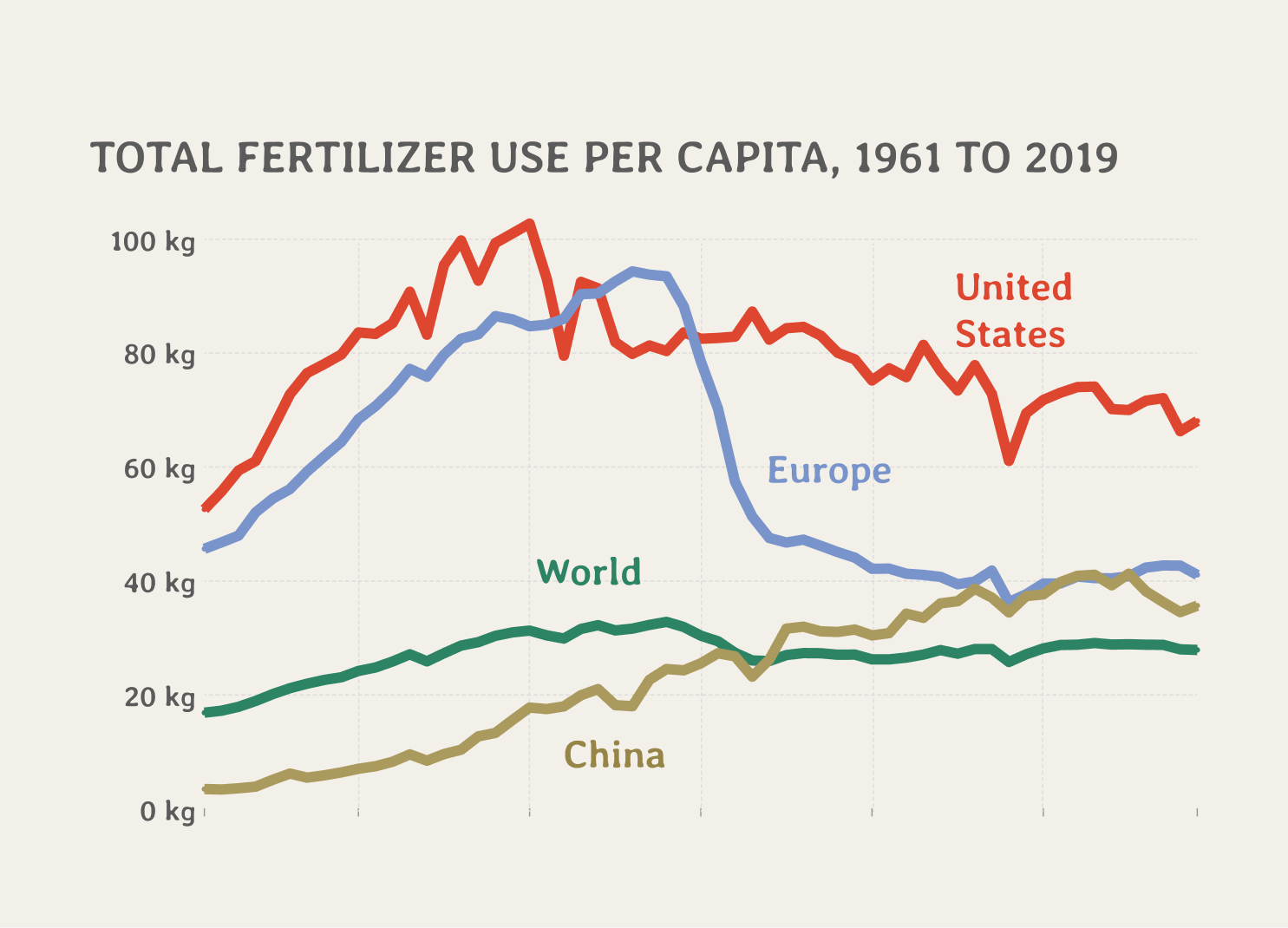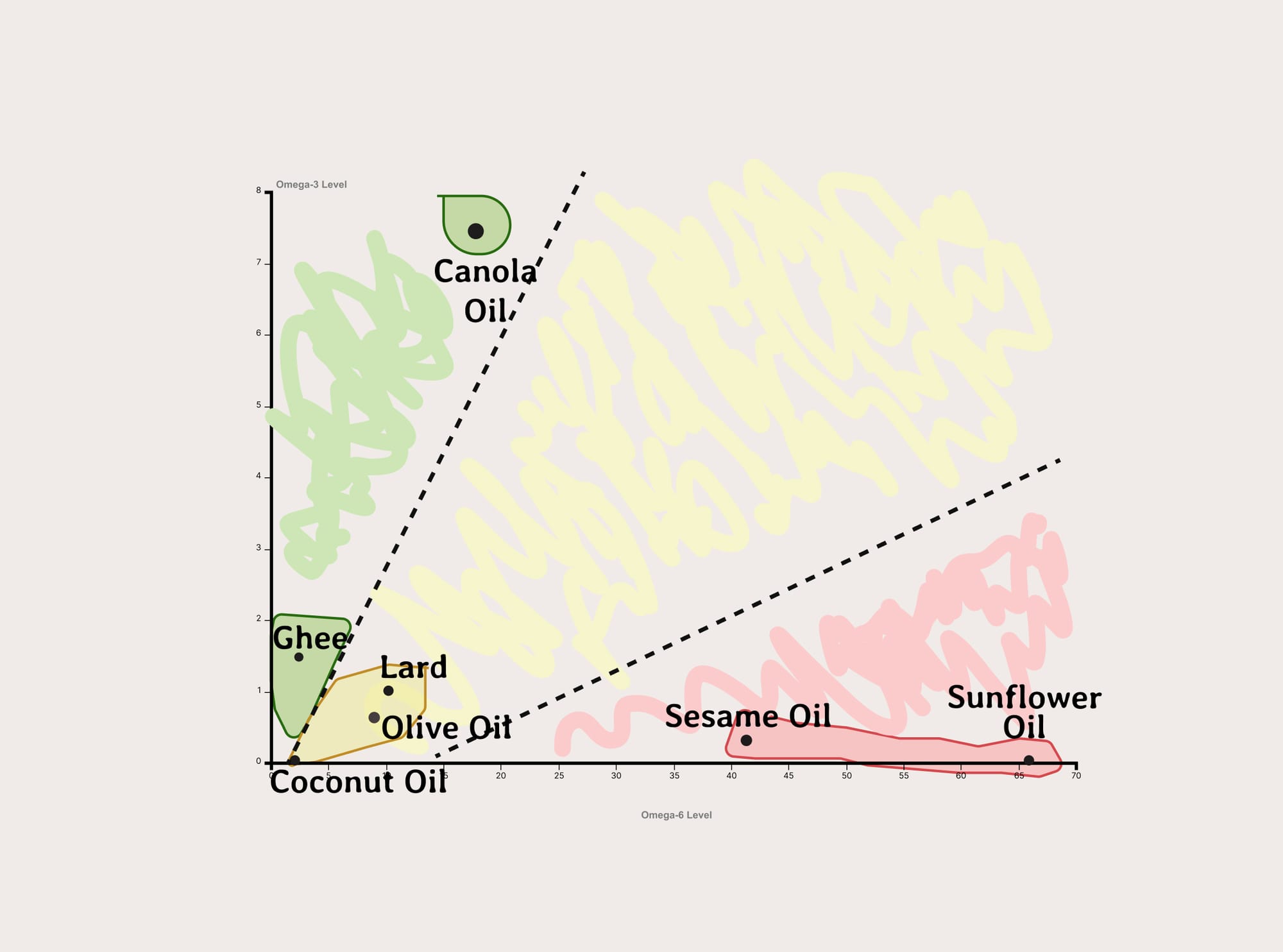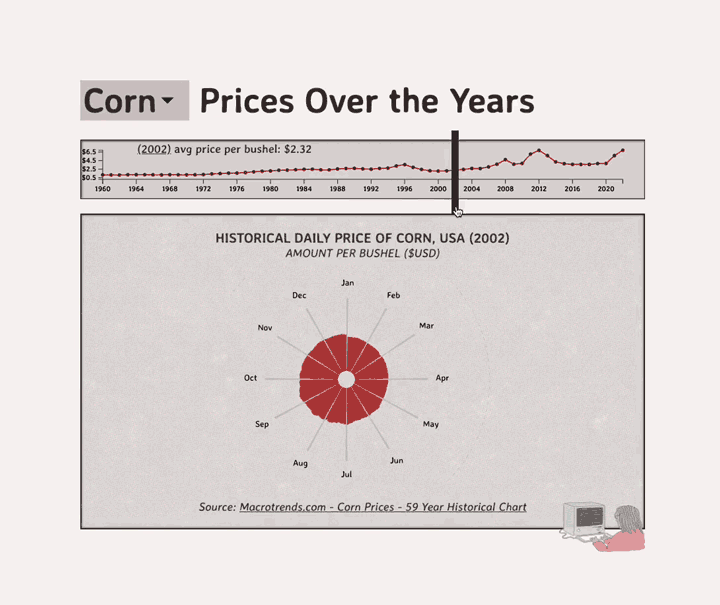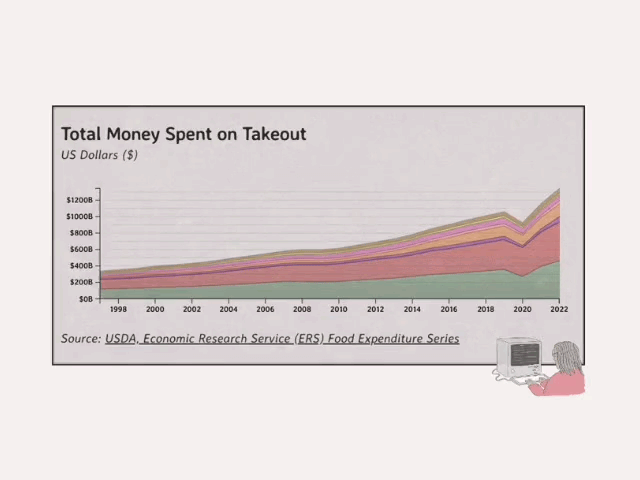Mindful Eating, by the numbers


I wrote a few days ago about dealing with the morality of eating meat, and I’ve been having an existential crisis since then.
Am I a bad person because of what I eat? How do I become more mindful of what I eat? What’s my decision tree for deciding what I’m going to eat on any given day?
What does it mean to be a mindful diet?
When hearing mindfulness, I think of yoga. And, turns out, the yogis have their own diet.
There’s a lot of material out there that better explains what exactly a yogic diet entails, but to me, it seems the the gist of it is being vegetarian and more mindful. Which doesn't seem too bad…
…except for the vegetarian part. And the mindful part.
That being said, plenty of evidence has shown that yoga improves strength and flexibility. It also reduces inflammation in the body, which is apparently what causes everything wrong with the human body. So I think anyone would say it’s fair to at least consider some of their advice.
Am I going to practice the Yogic diet?
Midway through writing this blog post, I decided no. Sorry, but I’m a huge fan of eating meat (pause).
Not all is lost, though. The original purpose of this blog post was to investigate the decision making behind my eating habits, and to see if I could become more mindful of what I ate.
To do this, I looked up data, and decided to visualize it. Specifically, I looked up the caloric breakdowns of the average American and Indian diets.
Obviously not everyone in India practices the yogi diet, but I thought it might be interesting comparing average consumption of Americans and Indians; maybe it can give me clues on small steps I can take.

Knowing that Americans eat more than 1,000 calories than Indians (on average) is pretty wild, but the food groups are the more interesting story to me. Look how much oils and fat we eat! The sugar, the meat!
This data is from 2013, so I must add the disclaimer that things likely have shifted a bit.
So Americans eat a lot. What now?
Like I said, rarely in life is anything all or nothing, so even visualizing this data is a good step I’m pleased with. Something that I do think is beautiful, though, is the spiritual aspect of yogic diets, and it’s something I think I can take notes from.
In yogic culture, foods are divided intro three categories:
- Sattva: Foods full of Prana (life force). Basically the cool kids in yoga food. Seasonal fruit and vegetables, pulses, herbs, nuts, grains, etc; you know the type 🙄
- Rajasic: Foods that were previously Sattva, but are cooked or frozen or altered in a way that makes them lose Prana. If the vegetarianism wouldn’t break me, it would be this: eggs, onions and garlic, fermented foods, refined sugars, and caffeine are all Rajasic.
- Tamasic: Trash food. Meat, fish, milk, alcohol, other tasty things
Kind of a sick framework.
Comparison between American diets and Haitian diets
My family is from Haiti, and I liked the American/Indian diet comparison I made earlier. So, before I close out this blog, i thought I’d recreate that graph, but with Haiti. Just for the sake of it.
To no surprise, the differences between the two diets are stark as hell.




